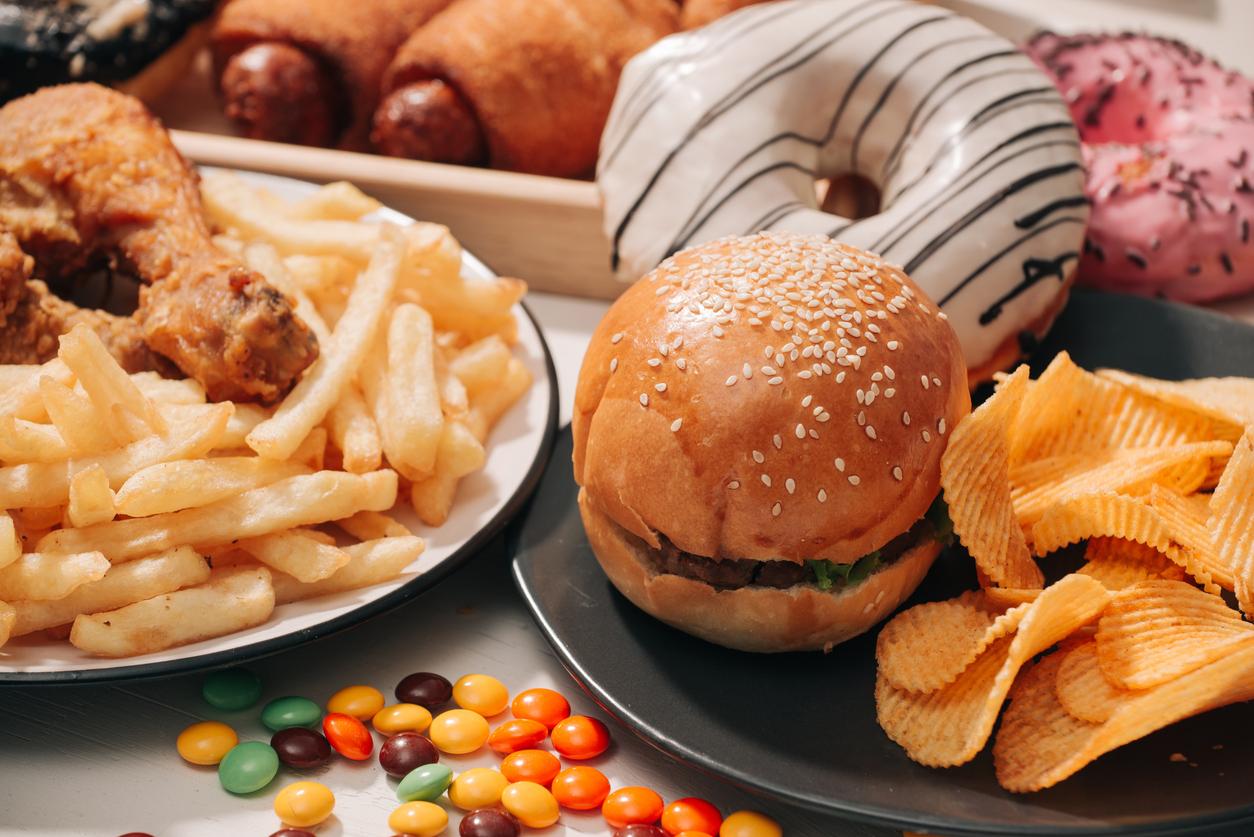In the United States, despite health programs in place, breakfast cereals marketed for children are still too sweet. This, because of the insufficiency of the nutritional recommendations in force.

Breakfast is the most important meal of the day. We are constantly told this, especially for children. Unfortunately, the latter, heavy consumers of cereals, are exposed to products that are far too sweet, with low nutritional content. This has been proven for France and it is also the case for the United States. Indeed, according to a study published this month in the Journal of Nutrition Education and Behaviorchildren consume more sugar than expected, even when they eat products marketed by companies participating in the health program Children’s Food and Beverage Advertising Initiative (CFBAI). This, because of the insufficiency of the nutritional recommendations in force.
In their study, the researchers focused on the CFBAI, a self-regulatory program introduced in the United States in 2007 that guides companies in promoting food and drink to children under 12. In detail, the CFBAI brings together 18 companies that globally produce 70 to 80% of advertising aimed at children.
CFBAI regulations require breakfast cereals advertised to children to meet certain nutrient forms. They must contain less than 200 calories and less than 13 grams of added sugar per serving. In addition, companies participating in the CFBAI limit the use of appealing packaging features for little ones such as cereal games containing less than 13 grams of sugar per serving.
Children “attracted to cereals with higher sugar content”
Despite everything, the cereals supposed to meet the requirements of the CFBAI contain on average more sugar than the others. “Cereals explicitly listed as meeting CFBAI requirements overwhelmingly contain more than 9 grams of sugar per ounce (one ounce corresponds to 28g, editor’s note) far beyond the nutritional limits for an eligible purchase under the federal WIC food assistance program”details the author of the study, Sarah E. Vaala, of the University of High Point (United States).
“Cereals with the highest sugar content often display child-focused marketing gimmicks on their boxes, such as mascots. This confirms the findings of previous research, continues the doctor. SBased on previous research, we believe that the frequency of these promotional tools on relatively sweet cereals leads to more children being attracted to cereals with higher sugar content..”
“Consumers often confuse what they consider a single serving with what is listed as the product’s suggested serving size, typically eating more than what is recommended for healthy eating, adds the main author of the study, Matthew B. Ritter, a researcher also at the University of High. DMany parents may be misled by the sugar content in the nutrition panel of many ready-to-eat cereal boxes, which may lead to higher than expected sugar intake in children.”
Set up a standardized measurement system
Thus, this study reaches two main conclusions: a standardized measurement system could allow parents to make better purchasing decisions for their children, and “manufacturers make virtually no effort to promote low-sugar options” for breakfast cereals. Worrying when you know that these foods are the most directly marketed to children.
In France, a similar study was published last May. The work, the results of which appeared in the Journal of Public Policy & Marketing showed the extent to which consumers tended to trust the prevailing marketing on cereal boxes, which is often misleading. “When buying packaged foods, it has become difficult to find products that do not claim to be healthy for one reason or another. (…) While the increase in the number and visibility of food claims on the market reflects the growing consumer interest in health and well-being, it also raises important public health issues”the researchers noted.
A little earlier, the national association for the defense of consumers and users noted about French cereal boxes: “The vast majority of products obtain a grade of C or D (on the Nutri-Score) because they are too sweet. Another observation, the actual share of cereals in the products indicating the overall quantity of cereals is quite disappointing. From the Nutri-Score system, which divides products into five categories (A, B, C, D, E), it appears that 63% of them are in category C and 28% in category D. The D grade comes mainly for certain sweet petals (88%) and filled cereals (74%)”she explained.
.














